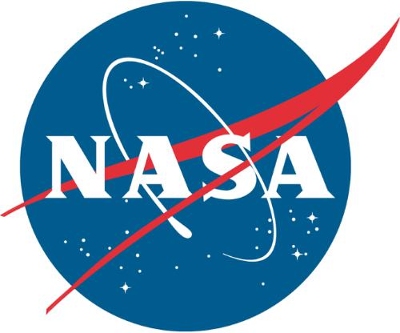WASHINGTON, Apr 5: NASA’s Cassini spacecraft has begun the thrilling final chapter of its historic 20-year journey, where after a series of daring dives between Saturn and it rings the probe will take a plunge into the planet’s atmosphere to meet an explosive end.
Following a final close flyby of Saturn’s moon Titan, Cassini will leap over the planet’s icy rings and begin a series of 22 weekly dives between the planet and the rings between April and September.
On the final orbit, Cassini will plunge into Saturn’s atmosphere, sending back new and unique science to the very end. After losing contact with Earth, the spacecraft will burn up like a meteor, becoming part of the planet itself.
That dramatic event is the capstone of six months of daring exploration and scientific discovery.
At times, the spacecraft will skirt the very inner edge of the rings; at other times, it will skim the outer edges of the atmosphere.
As Cassini plunges past Saturn, the spacecraft will collect some incredibly rich and valuable information that was too risky to obtain earlier in the mission.
The spacecraft will make detailed maps of Saturn’s gravity and magnetic fields, revealing how the planet is arranged internally, and possibly helping to solve the irksome mystery of just how fast Saturn is rotating.
Cassini’s particle detectors will sample icy ring particles being funnelled into the atmosphere by Saturn’s magnetic field. Its cameras will take amazing, ultra-close images of Saturn’s rings and clouds.
Cassini’s final images will have been sent to Earth several hours before its final plunge, but even as the spacecraft makes its fateful dive into the planet’s atmosphere, it will be sending home new data in real time.
Key measurements will come from its mass spectrometer, which will sample Saturn’s atmosphere, telling us about its composition until contact is lost.
From its launch in 1997 to the unique Grand Finale science of 2017, the Cassini-Huygens mission has racked up a remarkable list of achievements, NASA said.
By 2017, Cassini will have spent 13 years in orbit around Saturn, following a seven-year journey from Earth.
The spacecraft is running low on the rocket fuel used for adjusting its course. If left unchecked, this situation would eventually prevent mission operators from controlling the course of the spacecraft.
Two moons of Saturn, Enceladus and Titan, have captured news headlines over the past decade as Cassini data revealed their potential to contain habitable – or at least “prebiotic” – environments.
In order to avoid the unlikely possibility of Cassini someday colliding with one of these moons, NASA has chosen to safely dispose of the spacecraft in the atmosphere of Saturn. This will ensure that Cassini cannot contaminate any future studies of habitability and potential life on those moons. (AGENCIES)
Trending Now
E-Paper


